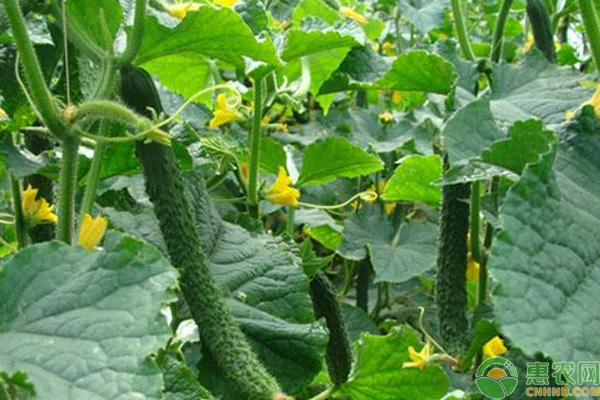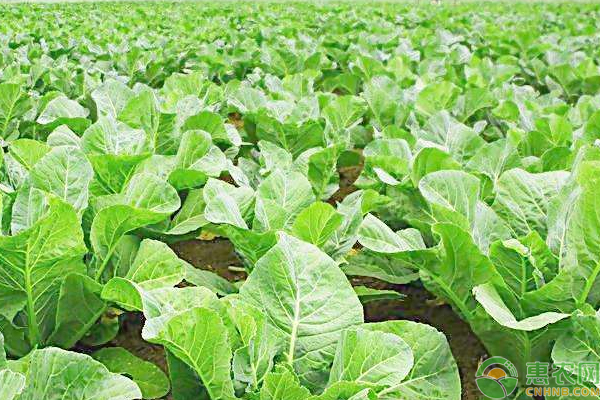In addition to the fertilizers and insect pests produced by the vegetables, there are also artificial phytotoxics and fertilizers. So, do you know the types of vegetable fertilizers? What are the symptoms? The following small series will tell you about the types of vegetable fertilizers and how to prevent them. I hope to help the growers. First, the types of vegetable fertilizer (1) Trauma-type fertilizer 1. Ammonia poisoning. The ammonia gas volatilizes in the air. When the concentration is higher than 5μl/L, the water spots appear on the leaves, and the cells lose water and die, leaving dead spots. When the concentration of ammonia gas reaches 40μl/L, the vegetable is acutely injured, the mesophyll tissue is necrotic, the chlorophyll is disintegrated, and there are spots and block brown spots between the veins. Ammonia gas susceptibility is not only occur when ammonium bicarbonate or ammonia water is applied, but also occurs when urea is applied. 2. The fertilization concentration is too large. If the application amount of chemical fertilizer or human and animal excrement is too large, the concentration of the soil solution will be too high. When the total salt concentration in the soil exceeds 300 mg/kg, the cell penetration resistance increases, the roots absorb water, and the crops absorb nutrients are blocked. There are three kinds of common in production: 1 fertilizer application. In order to save labor, some people often apply chemical fertilizer directly to the vegetable field in the production, and mistakenly believe that the fertilization position is faster than the root of the plant. In fact, the strongest part of the root system is the roots and root hairs of the roots. The nutrients of organic fertilizers are gradually released, while the fertilizers are quick and fierce, and fertilizers often occur when fertilization is not effective. 2 fat damage. The main reason is that fresh livestock and poultry manure are not decomposed and directly applied to the vegetable fields to cause damage to the roots of the crops. 3 Fertilization is excessive. In the nursery bases and in the fields, chemical fertilizers or human and animal manure are often applied in super standard, resulting in excessive nitrogen content, root burning, and serious dead seedlings. (2) Internal injury type fertilizer Internal injury type fertilizer refers to physiological damage caused by the destruction of ion balance in plants due to improper fertilization. There are several common situations: 1. Ammonium ion poisoning. When there is too much ammonium in the soil, the plant will absorb too much ammonium, causing ammonium poisoning, which affects the normal progress of photosynthesis. 2, slightly acidic and poisonous. In the process of nitrification, nitrous acid accumulation often occurs, and nitrite poisoning occurs, which is characterized by browning of the roots and yellowing of the leaves; when the nitrogen is excessive, it will also cause calcium deficiency in the vegetables, such as dried cabbage in the cabbage; When too much, it causes the vegetables to lose green and lack of molybdenum. 3. Antagonism. Potassium fertilizers will interfere with the absorption of calcium and magnesium, and will also hinder the absorption of boron by crops, such as the stalk of celery. Second, the prevention of vegetable fertilizer damage 1. Add organic fertilizer Organic fertilizer forms an organic colloid during the decomposition process. When the fertilizer is applied to the soil, the cation is adsorbed by the colloid, which can improve the buffering capacity of the soil nutrients and greatly reduce the possibility of occurrence of fertilizer damage. In practice, soils with poor organic matter and sandy soils are highly susceptible to fertilizer damage. 2. Rational application of chemical fertilizer Fertilizer application in vegetable fields must be applied in limited quantities and at specified concentrations. As long as the amount of fertilizer is controlled, the damage will be greatly reduced. Generally, the amount of ammonium bicarbonate per acre is not more than 30 kg, the ammonium sulfate is not more than 20 kg, and the urea is not more than 10 kg. 3. Improved fertilization method When applying fertilizer in vegetable fields, it is best to use layered application and full-layer deep application to achieve soil-fertilization. At the same time pay attention to proper watering when fertilizing, keep the soil moist, reduce the concentration of the solution, and avoid concentration damage. Vegetable fertilizers are mainly divided into traumatic fertilizers and internal injuries. It is understood that the effects of fertilizers on vegetables are particularly large. If the control is not timely, it will seriously affect the yield of vegetables. The above is about the types of vegetable fertilizers. And preventive methods, everyone to quickly understand. Plant growth regulators are organic compounds that are artificially synthesized (or natural extracted from microorganisms) and have growth and development regulation similar to natural plant hormones. Insen Biotech is specilized in Plant Growth Stimulants with large capacity and competitive price, including 1-naphthylacetic acid, Indole acetic acid(IAA), Indole butyric acid(IBA), Triacontanol, Diethyl aminoethyl hexanoate(Da-6), Brassinolide, 6-benzyladenine(6-BA), Forchlorfenuron(CPPU), Gibberellin acid(GA3). Plant Growth Regulator,Indol Butyric Acid,Plant Growth Stimulant,Indole Butyric Acid Hunan Insen Biotech Co., Ltd , https://www.insenhealth.com

